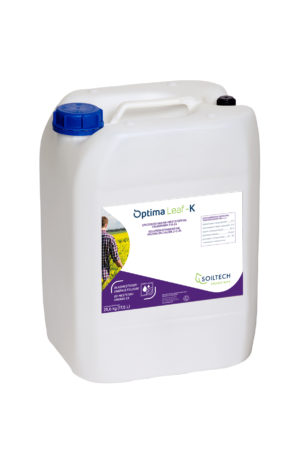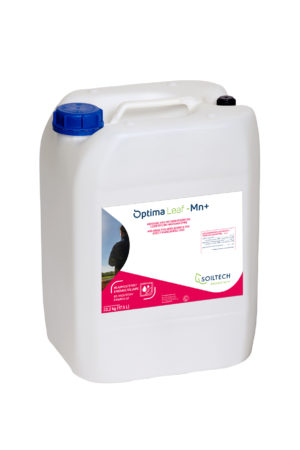Starch- general
Starch(C6H10O5)n, is a complex carbohydrate that acts as a reserve food supply for plants and animals. We have been able to extract starch from plants for all kinds of useful applications since the 17th century. The Dutch word for starch 'zetmeel' finds its origins in the process in which finely grated potatoes were washed and sieved on special frames to release the starch granules. After drying, this process left behind a powder called ‘zetmeel’, which was removed manually for further processing. The English word ‘starch’ derives from the German word ‘stärke’ which means ‘strong, stiff, strengthen’. This refers to one of the earliest applications of starch - to stiffen and strengthen cloth and yarn.
Starch is extracted from various crops, such as potatoes, grains, maize and tapioca. Potato starch is valued for its unique texture, high clarity and neutral taste. The majority of potato starch is processed to produce glucose syrup. About 25% is used for other applications in the food industry (confectionery, soft drinks) and in paper, textile and adhesive production.
How can you stimulate a crop to produce more starch?
Chlorophyll production
In times of surplus, plants form starch structures which can act as a reserve food supply in times of scarcity. So, during the growing season, it is important to stimulate the formation and filling of the storage organs. Tuber formation is the basis for a good starch yield. During the tuberisation process, it is vital that the plant can absorb nutrients and moisture optimally and that plant development is not inhibited by (a)biotic stress. In practical situations, problems often occur during this period due to too wet, too hot or too dry conditions. In these conditions, the uptake of minerals by the crop via the roots can be inhibited. Foliar fertilisation can offer the solution. Nitrogen (N), manganese (Mn) and magnesium (Mg) especially should be paid extra attention during this period to encourage sufficient production of sugars and starch through chlorophyll production.
Optimal tuber filling
Good availability of potassium is essential to facilitate good tuber filling. Potassium plays a key role in the transport of sugars and the formation of starch in the tuber. Potassium also contributes to the quality and storage qualities of the product to be harvested. In potato crops, potassium has been shown to play a vital role in preventing bruising sensitivity, the bruises on tubers caused by impact during-post- harvest processing. July, August and September are important months during which additional potassium fertilisation can still have a major influence on the final starch yield.
Advice at this stage:
Foliar application 3 x- Optima Leaf-K: 5 litres/ha (every 14 days)



